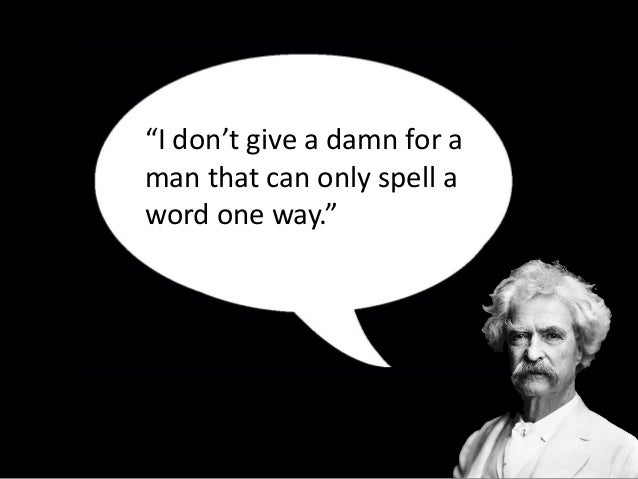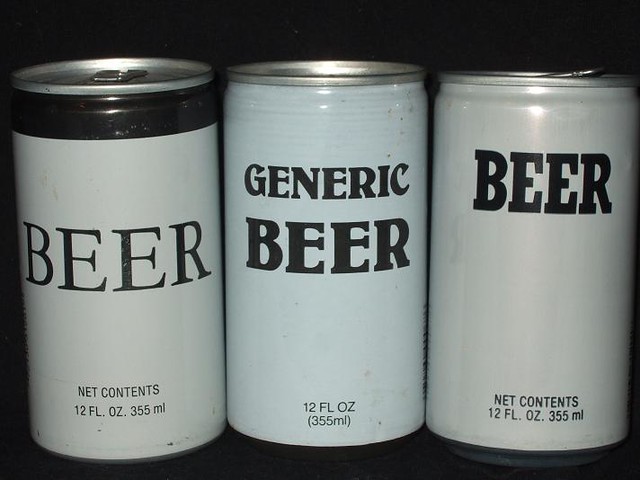
01 Dec Do You Have…Insecure Copy?
Overcoming Insecure Copy
Does your messaging leave your customers underwhelmed? Do your words try really, really hard, but fail to impress. Does your copy just sit there, taking up space that could be better filled by your logo and maybe a picture of the company dog? If so, then you might have, insecure copy.
Look friend, insecure copy is nothing to be ashamed of. Well, actually it is. Because it doesn’t have to be that way! Below are seven surefire ways to diagnose—and treat—insecure copy.

It’s Not Me, It’s You—One of the most common mistakes companies make is falling back on self-promotion. Too many companies want to talk about themselves rather than their customer. Well guess what: your customers rarely care about your company. But they always care about their own life. Focus on what the customer needs to hear, not what your company wants to say. It’s always about the reader and how you can make their life better.
It’s Not You, It’s Me—People don’t read ads. They read what interests them. Sometimes, it’s an ad. The quote/idea dates back many decades but still rings true. Don’t be afraid to geek out on what your product does. If it doesn’t tell, it doesn’t sell. If your product can improve your potential customer’s life in a tangible way, they’ll read your copy…even if it’s long.

You’re Very, Very, Very Wrong—Intensifiers such as very are meant to intensify the impact of an adverb. Unfortunately they tend deliver the opposite reaction and weaken the message. Mark Twain said it best, “Substitute ‘damn’ every time you’re inclined to write ‘very;’ your editor will delete it and the writing will be just as it should be.” Damn straight.
(Not So) Amazing, Awesome, Exciting—Adjectives can be momentum killers in copy. Most of the time, they’re only there because there’s nothing concrete to say about the product. They should always be used with the utmost discretion.
Is Isn’t for You—It doesn’t matter what your definition of ‘is’ is, the word ‘is’ can be indicative of describey, boring copy. “The product is used to prevent demonic infestations from kitchen appliances.” Action verbs, on the other hand, are active and drive engagement. “The product prevents demonic infestations in kitchen appliances” Drop this “is used to” and power up the sentence. Action verbs should replace ‘is’ whenever possible.
The Rules B Rules—Aside from spelling, grammar is negotiable. Persuasive copy is almost always conversational and focuses on getting the tone right, grammar be damned. This includes things like using really short sentences. Unusual paragraph breaks. And starting sentences with the word and. Make sure your copy sounds like it’s standing in the room with your customer talking direcly to them.

What I Like About You—Can you put your competitor’s product under your product’s headline without changing the copy? Then this means your copy isn’t specific enough. Good copy revels in relevent details. As one copywriter said, “details are the grit around which copywriting pearls are formed”.
A Peek at Your Pique—It’s not necessary to tell your whole story in each communication. In fact, it’s almost always a mistake. Wanting your target to want to know the whole story is the goal. Think of it this way, once you’ve said it all, you don’t have anything else to say.
You’re In-Credible—Perfection is rare, even in best case scenarios. That means an ad claiming perfection can undermine the credibility of what you’re saying. There’s a better way; artfully admitting a small imperfection can raise your credibility. Ever wonder why Ivory soap isn’t 100% pure? Not only is it historically accurate, it’s also more believable.

